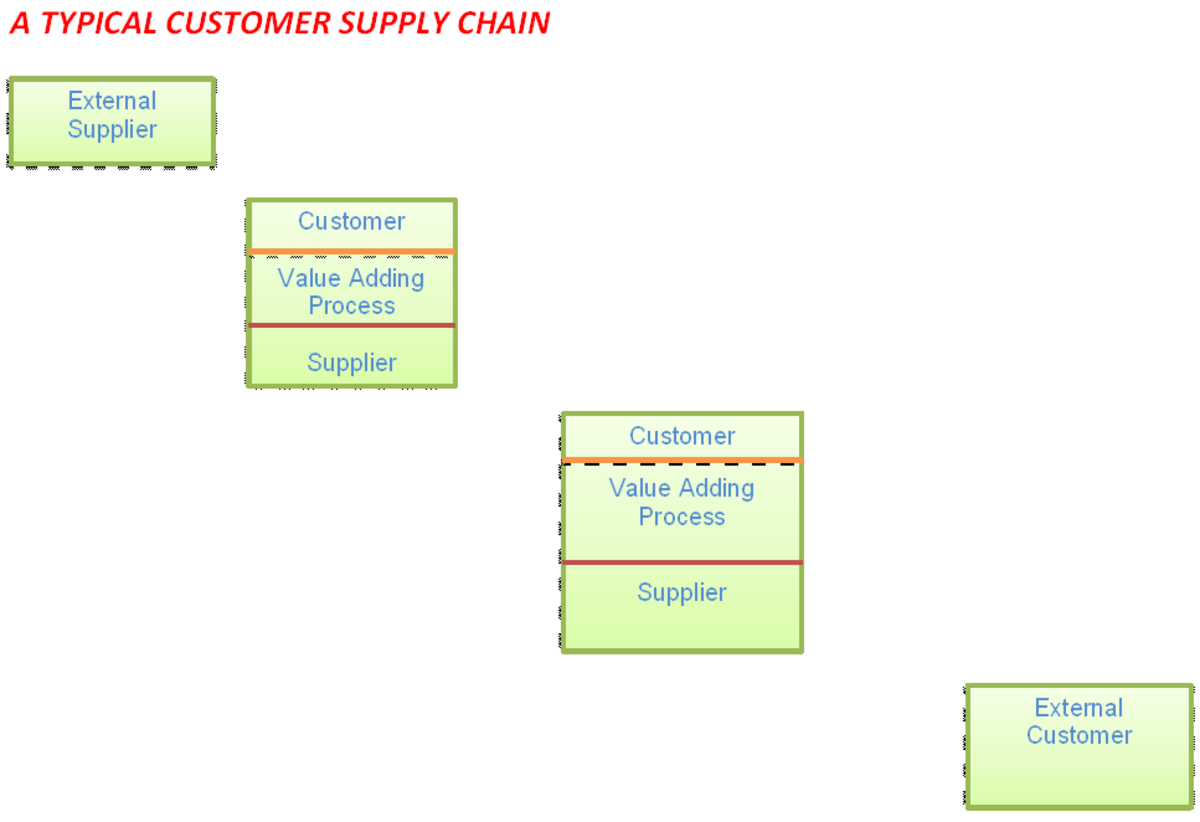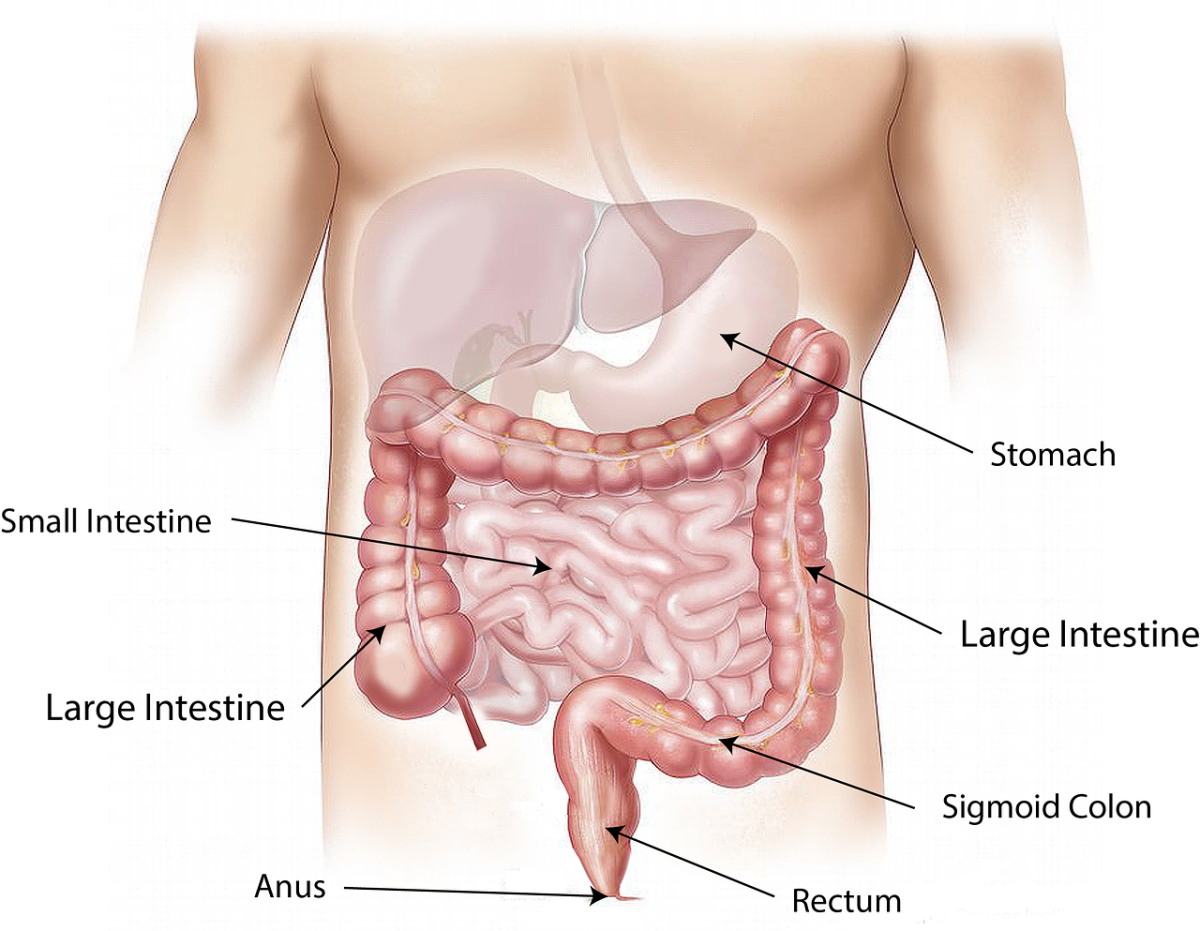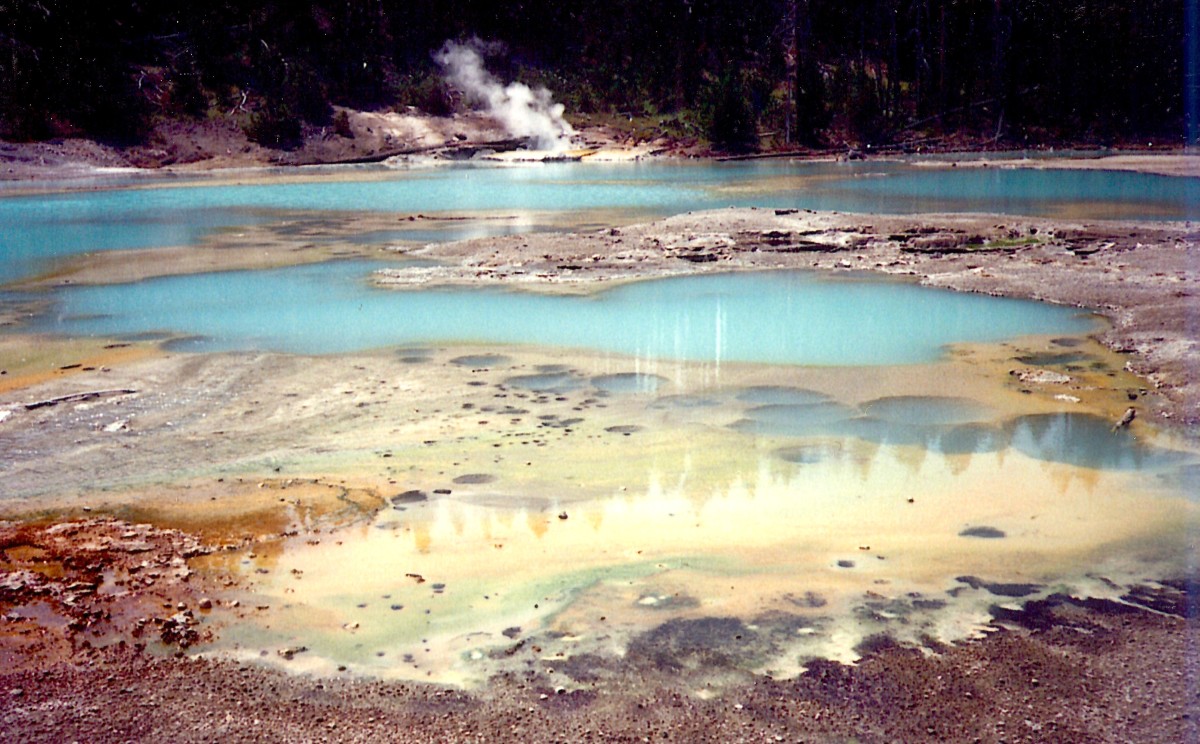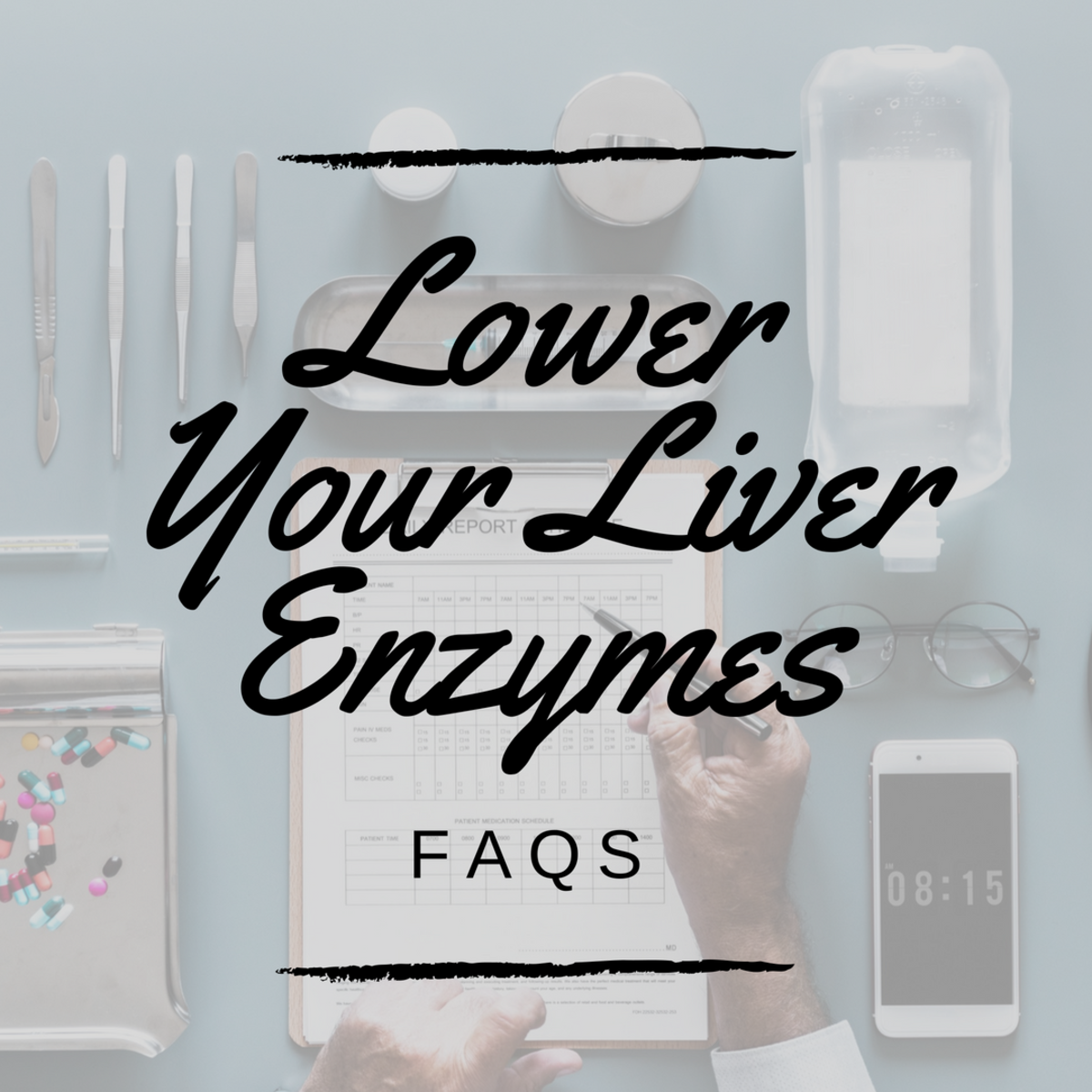How to Control Biological Hazards and Food Quality?
Biological Poison in Your Food
Factors Affecting the Growth of Biological Hazards
The major factors affecting the Growth of Biological Hazards include;
· Intrinsic Factors
· PH
· Moisture
· Nutrients
· Antimicrobial Constituents
· Biological Structures
· Extrinsic Factors
1. Temperature
2. Humidity
3. gases
Intrinsic Factors
Intrinsic factor are the inherent parts of food. This is natures way of preserving plant and animal tissue from microorganisms. By determining the extent to which they exist in a given food, we can predict the types of microorganisms that are likely to grow and hence the significance of the hazards for a particular food or food group. The following is an explanation of the intrinsic factors we most commonly use in order to reduce the growth of microorganisms.
PH
In the unprocessed state, most foods such as meat, fish and vegetables are slightly acidic, fruits are moderately acidic, and a few foods such as egg whites are alkaline. Acidity has been a commonly used means of preserving food for thousands of years either naturally, through fermentation, or by the addition of weak acids (pickling).
Most microorganism grow best in the pH range of 6.6 to 7.5. Few microorganism grow at a pH of less than 4.0 Bacteria tend to prefer narrower ranges of pH than molds and yeasts, the pathogenic bacteria being the most fastidious. In general, molds and yeasts grow at a much lower pH than bacteria.
Moisture Content
Another one of man’s oldest methods of preserving food is to dry it. The water requirements of microorganisms is defined in terms of water activity (aw). Water activity is a measure of the water present in a form that is available to microorganisms. The water activity of a substance can range from 0 to 1. Water has a water activity of s1.0, silicon has a water activity of 0.
The aw in a food or solution may be reduced by removing water or adding solutes. When we dehydrate food we remove water. When we salt or add sugar to food we are adding solutes which lower the water activity and preserve the food.
The aw of most fresh foods, is greater than 0.99. in general, bacteria require higher water activity levels for growth than molds. Most spoilage bacteria do not grow below aw 0.91. Spoilage molds can grow as low as aw 0.08. These figures apply for most, but not all microorganisms, in the case of food poisoning bacteria, Staphylococcus aureus can grow at a water activity level as low as 0.86. Halphiles (literally”salt loving”) are bacteria that can grow at aw 0.75. xerophiles (“dry loving”) molds can grow at aw 0.65. Microorganisms are able to survive at a wider range of water activity levels than those required for their growth.
Nutrients
Microorganisms may utilize suggers, alcohols, and amino acids as sources of energy. Fewer types of microorganisms utilize carbohydrates and fats. Most microorganism require B vitamins in the food in order to grow. Moulds and some bacteria are able to synthesize most or all of the B vitamins the require and hence may be found on food low in B vitamins such as fruit.
Antimicrobial Constituents
Some foods naturally contain substance that inhibit the growth of microorganisms. Cows milk, eggs, tea, fruits and vegetables all contain antimicrobial constituents.
For example, just two of the antimicrobial constituents in eggs are:
· Lysozme-an enzyme which destroys gram positive bacteria; and
· Certain proteins-which stop microorganisms from being able to use riboflavin and vitamin B6 as a nutrient.
Biological Structures
The natural covering of some foods provides good protection against the entry of microorganisms. Examples are the testa of seeds, the skin on fruit, the shell of nuts, the hide of animals, and the shell, cuticle and membranes of eggs. Once broken, of course, the risk of the food being spoilt is increased.
Extrinsic Factors
Temperature
Throughout the ages, humans have learned by trial and error ro exploit temperature in order to preserve food. Today, temperature is one of the most commonly used and critical factors in the production of food ;that is safe to eat.
Although microbial growth can occur between 340C to over 900C, most microorganisms grow within a smaller range. It is customary to place microorganisms into three groups based upon their temperature requirements for growth.
Classification Temperature Range for Growth Optimum Temperature Range Examples
Psychrophils Below 200C S120Cto 150C
Physchrotrophs Below 350C 250Cto 300C Pseudomonas ,Listeria ,Yersinia
Mesophiles 50C to 4760C 30Cto 450C Salmonella Staphylococcus
thermophiles Above 400C 550Cto 750C Clostrtidium Bacillus
Just as moulds are able to grow over wide ranges of pH, water activity, and nutrient content, they are also able to grow over wider ranges of temperature than bacteria. Yeasts grow over the psychrophilic and mesophilic temperature ranges but generally not in the thermophilic range.
General quality characteristics, not just the safety, of the food must also be taken into account in selecting a storage temperature. For example, bananas keep better if stored at 130C to 170C than at 50C. A large number of vegetables are favored by temperatures of approximately 100C including potatoes, celery and cabbage.
The success of storage temperature depends to a great extend on the relative humidity of the storage environment.
Relative Humidity
The relative humidity is important in terms of the water activity of the food and the growth of microorganisms at the surfaces. If the water activity of a food is 0.60 and it is stored in a humid environment it will pick up moisture from the air and increase its water activity to a point where microbial growth can occur.
Foods such as chicken and meat tend to suffer from surface spoilage if improperly wrapped in the refrigerator do to the generally high humidity. In selecting the right relative humidity consideration must be given to both the growth of surface microorganism and the desirable quality of the food in its other aspects. Food stored under low condition of relative humidity may not be spoil by surface microbes but will become dry.
Gases
Carbon Dioxide
The storage of fo0od in atmospheres containing up to 10% carbon dioxide is referred to as “controlled atmosphere” storage. This method is commonly used for fruits and vegetables. Carbon dioxide has been shown to retard the fungal rotting of fruits.
Ozone
Ozone has a preservative effect on certain foods when added to the storage environment. It is effective against a wide range of spoilage microorganisms. Both CO2 and O3 are effective in inhibniting the spoilage of beef.
Sulfur Dioxide
Sulfur dioxide (S02) is applied to food and beverages as a liquefied gas, or more commonly, in the form of sulfite, bisulfite, or metabisulfite salts.
Aerobes Require oxygen in order to grow. Hence they grow on the exterior of foods. Bacillus subtilis Psuedomonads
Facultative Anaerobes Use oxygen in its presence but in its absence can still grow. Hence they can grow on the surface and interior of foods. Lactobacilli
Anaerobes Grow in reduced oxygen environment. Hence they prefer to grow in the interior of foods. Clostridium
Food Quality







Food Safety on Hubpages
- THE CREATURE LIVING IN THE POND
ARKANSAS SNAPPER I received this email the other day from a good friend, fellow Alaskan and adventurer Karl Lehr. Karl and I have had a few adventures together in Alaska and since then he has moved down to... - Managing Blue-Green Algae in a Freshwater Aquarium: ...
Aquariums can be beautiful additions to your dcor and learning how to properly care for the fish can be a very fulfilling and enjoyable task. However, as with any pets fish require routine care including... - Is GM Food Safe for Eating
Today, scientists can isolate genes of interest from any living organism and can incorporate that gene into any other living organism.Scientist can also cut apart the genes and paste them together almost at... - E-Coli Infection Spreads Around the World & Bugs in ...
This is our world, a little piece of home. We must live with what we produce. Why is there a child missing from this picture? Beachgoers beware: Stomach bugs lurk in sand boasts the headline announcing that... - Nutrition in Health and Disease
Nutrition is defined as the science of food and its relationship to health. It is considered primarily with the part played by nutrients in body growth, development and maintenance. Good nutrition means... - Overview of Biological, Chemical and Physical Hazar...
Introduction HACCP is a analytical admission to be acclimated in aliment assembly as a agency to ensure aliment safety. The aboriginal footfall requires a hazard analysis, an appraisal of risks... - How to Control Food Infections?
INTRODUCTION TO HACCP WHAT IS HACCP? HACCOP is an acronym for Hazard Analysis critical Control point Preventative system for food safety HACCP techniques involve: - ... - What are Physical Hazards in Food?
PHYSICAL HAZARDS Physical hazards are objects that are not normally found in food which may cause illness or injury to the consumer. Like biological and chemical hazards, physical hazards can enter a... - Food Safety: How to Avoid Getting Sick
Recently E.Coli, Salmonella, and other pathogens have been splattered across our newspapers, and evening news headlines. It seems like every time you turn around someone else is getting sick from food.... - Top 40 Food Safety Tips
With people everywhere trying to stretch their food budgets in these uncertain economic times, it is easy to take shortcuts on food safety and end up in the hospital or worse. Here are the top 40 tips you... - Food Safety Guidelines in our Home
Food Safety Guidelines at Home provides 5 food safety guidelines that can be easily followed at home. This is a helpful and easy to understand food safety guide that promotes prevention of food-borne illnesses through proper food preparation and food








